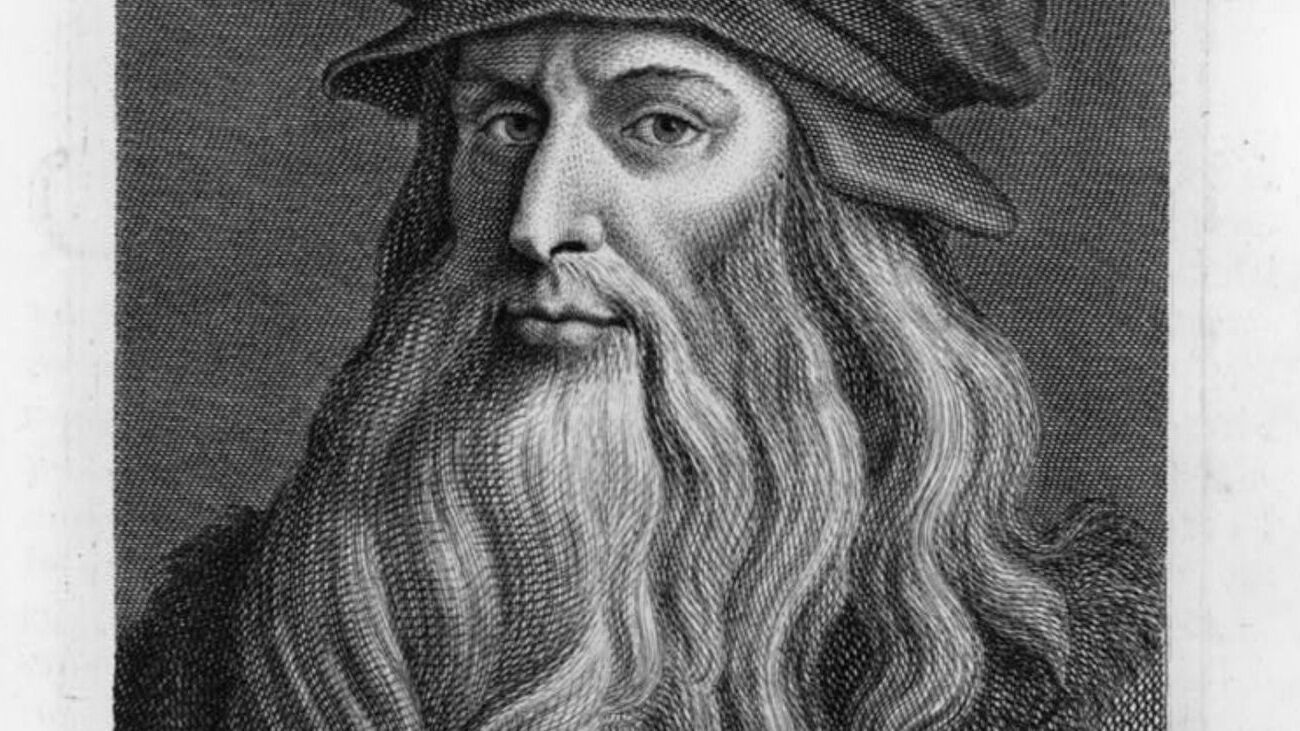
Leonardo da Vinci was a true Renaissance man, known for his incredible contributions to art, science, and invention. Born in 1452, he left a legacy that continues to inspire and intrigue people around the world. Did you know that he was not just a painter but also an accomplished scientist, engineer, and musician? His curiosity knew no bounds, leading him to sketch designs for flying machines, study human anatomy in great detail, and even conceptualize early versions of modern-day inventions. Leonardo's most famous works, like the Mona Lisa and The Last Supper, are celebrated for their intricate detail and emotional depth. But there's so much more to this genius than his paintings. Let's dive into 30 fascinating facts about Leonardo da Vinci that showcase his extraordinary talents and boundless curiosity.
Early Life and Background
Leonardo da Vinci, a name synonymous with genius, was a man of many talents. His early life set the stage for his incredible achievements.
- Born on April 15, 1452, in Vinci, Italy, Leonardo was the illegitimate son of a notary and a peasant woman.
- He received little formal education but showed an early talent for drawing and painting.
- At age 14, he became an apprentice to the artist Andrea del Verrocchio in Florence.
- His first known work, a pen-and-ink drawing of the Arno Valley, was created in 1473.
Artistic Masterpieces
Leonardo's art is celebrated worldwide. His paintings and sketches reveal his mastery of technique and his innovative approach.
- The "Mona Lisa," painted between 1503 and 1506, is perhaps the most famous portrait in the world.
- "The Last Supper," completed in 1498, depicts Jesus and his disciples and is renowned for its composition and perspective.
- Leonardo's use of sfumato, a technique of blending colors and tones, is evident in many of his works.
- He left many paintings unfinished, including "Saint Jerome in the Wilderness."
Scientific Contributions
Leonardo's curiosity extended beyond art. He made significant contributions to various scientific fields.
- He filled over 7,000 pages of notebooks with sketches, scientific diagrams, and observations.
- His studies of human anatomy included detailed drawings of the human skeleton, muscles, and organs.
- Leonardo designed early versions of the helicopter, tank, and parachute.
- He studied the flight of birds and created detailed sketches of their wings and flight patterns.
Engineering and Inventions
Leonardo's inventive mind led to numerous designs and concepts that were ahead of his time.
- He conceptualized a machine for testing the tensile strength of wire.
- His design for a mechanical knight, an early robot, could sit, wave its arms, and move its head.
- Leonardo's sketches included plans for a diving suit to be used in underwater warfare.
- He designed a self-propelled cart, considered a precursor to the modern automobile.
Architectural and Urban Planning
Leonardo's vision extended to architecture and urban planning, where he proposed innovative ideas.
- He designed plans for an ideal city with wide streets, efficient sewage systems, and beautiful buildings.
- His architectural drawings included designs for churches, fortresses, and bridges.
- Leonardo's sketches of the Sforza Castle in Milan show his attention to detail and structural integrity.
- He proposed a double-deck bridge to improve traffic flow and reduce congestion.
Personal Life and Character
Leonardo's personal life and character were as fascinating as his professional achievements.
- He was known for his vegetarian diet and love for animals.
- Leonardo wrote in mirror script, a technique that involved writing backward, which some believe was to keep his notes private.
- He was left-handed, which was considered unusual and even sinister during his time.
- Leonardo never married and had no known children.
Legacy and Influence
Leonardo's influence extends far beyond his lifetime. His work continues to inspire and educate.
- His notebooks, known as the Codices, are studied by scientists, artists, and historians.
- The "Vitruvian Man," a drawing of a man in two superimposed positions, symbolizes the blend of art and science.
- Leonardo's techniques in painting influenced countless artists, including Raphael and Michelangelo.
- His scientific observations predated many modern discoveries, such as the circulation of blood.
Mysteries and Myths
Leonardo's life is shrouded in mysteries and myths that add to his enigmatic persona.
Leonardo's Lasting Legacy
Leonardo da Vinci's brilliance continues to inspire. His inventions, artworks, and scientific discoveries have left an indelible mark on history. From the Mona Lisa's enigmatic smile to his detailed anatomical sketches, Leonardo's work bridges art and science seamlessly. His notebooks reveal a mind constantly questioning and exploring, pushing the boundaries of what was known. Even today, his ideas influence modern technology and art. Leonardo's curiosity and creativity remind us of the power of imagination and innovation. His legacy isn't just in what he created but in how he thought. By embracing a multidisciplinary approach, he showed that the world is interconnected. Leonardo da Vinci's life and work encourage us to look beyond the obvious, to question, and to dream. His genius remains a testament to human potential and the endless possibilities of the human mind.
Was this page helpful?
Our commitment to delivering trustworthy and engaging content is at the heart of what we do. Each fact on our site is contributed by real users like you, bringing a wealth of diverse insights and information. To ensure the highest standards of accuracy and reliability, our dedicated editors meticulously review each submission. This process guarantees that the facts we share are not only fascinating but also credible. Trust in our commitment to quality and authenticity as you explore and learn with us.


